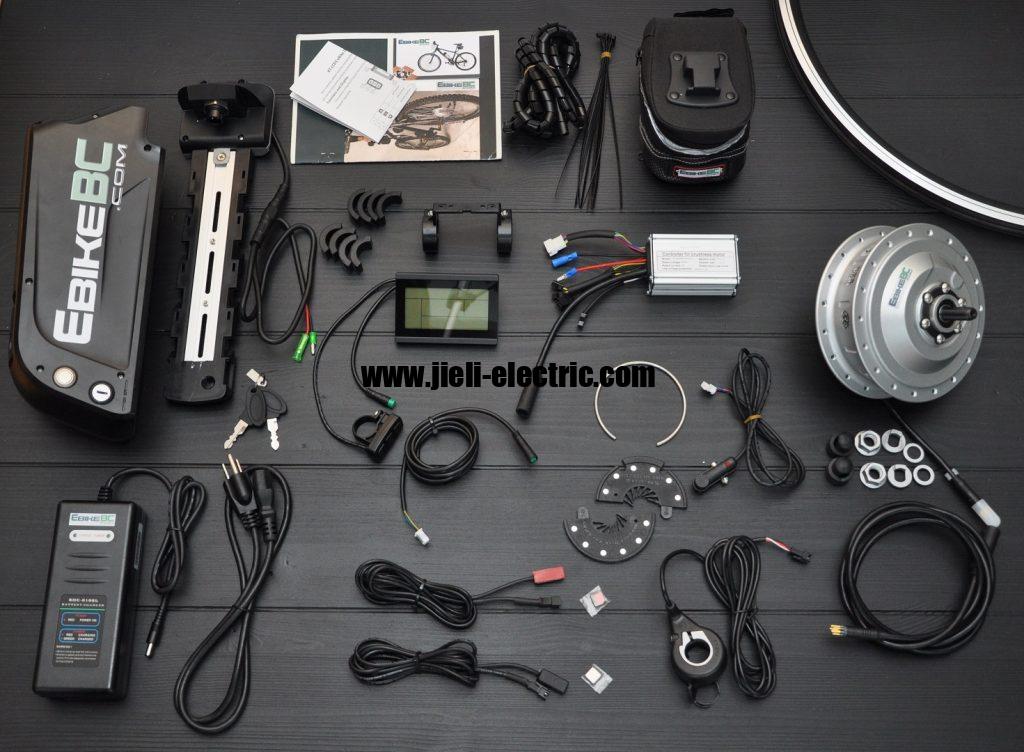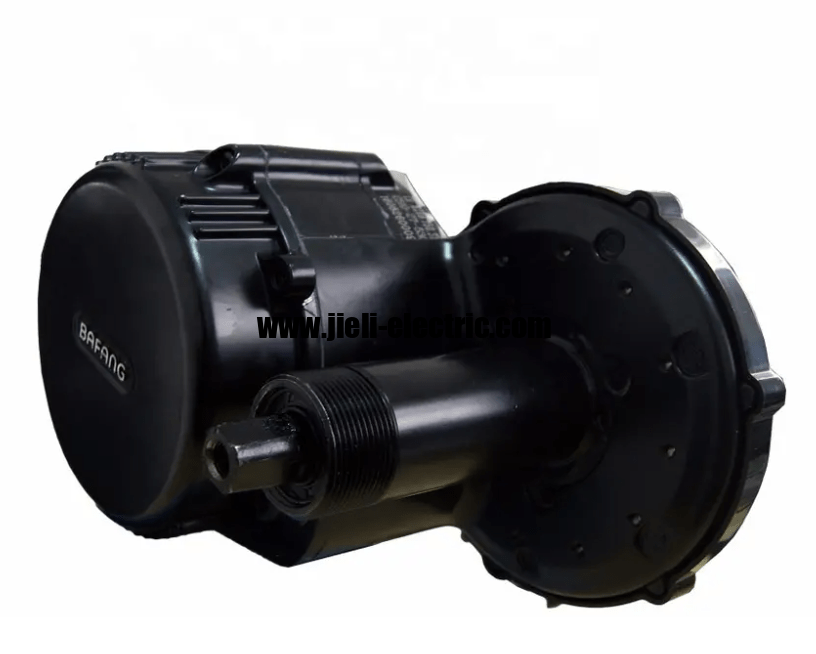As the popularity of eco-friendly transportation continues to rise, the e-bike market in the Philippines has garnered significant attention. This article aims to explore the various factors influencing the cost of e-bikes in the Philippines, shedding light on the types available and their corresponding price ranges. Additionally, we will examine the long-term financial benefits of e-bike ownership, coupled with considerations for maintenance and repairs. Furthermore, potential incentives and subsidies for e-bike owners will be discussed, providing a comprehensive overview for consumers. By comparing e-bikes to traditional bicycles, we hope to illustrate the value proposition of investing in this modern mode of transport.
Factors Influencing E-Bike Prices
Multiple factors, including battery capacity, brand reputation, and technological features, significantly influence e-bike prices in the Philippines. Battery capacity plays a crucial role, as higher capacity typically results in longer ranges and increased costs. Brand reputation also affects pricing, with well-established manufacturers commanding premium rates due to perceived reliability and service support. Technological features, such as advanced motors, smart connectivity, and integrated safety systems, contribute to variations in price. The materials used in construction, including lightweight alloys and carbon composites, can further impact the overall cost. Additionally, market demand and competition among local and international brands shape the pricing landscape. Overall, the interplay of these factors determines the accessibility and affordability of e-bikes for consumers in the region.
Types of E-Bikes Available in the Market
A diverse range of e-bike types is available in the Philippines, catering to various consumer needs and preferences. These include city e-bikes designed for urban commuting, characterized by their lightweight frames and compact designs. Mountain e-bikes offer robust features suitable for off-road terrains, equipped with durable tires and enhanced suspension systems. Folding e-bikes provide convenience for those with limited storage space, allowing easy transport and stowing. Cargo e-bikes are specifically designed for heavy loads, making them ideal for delivery services and transporting goods. Performance e-bikes focus on speed and power, appealing to cycling enthusiasts seeking an adrenaline rush. Lastly, hybrid e-bikes combine features of both road and mountain bikes, offering versatility for diverse riding conditions.
Average Price Range of E-Bikes
Average prices for e-bikes in the Philippines typically range from PHP 20,000 to PHP 70,000, depending on features and specifications. Entry-level models can be found at the lower end of this spectrum, offering basic functionality suitable for casual riders. Mid-range options often include enhanced features such as improved battery life, better motor performance, and additional accessories. Premium models, on the other hand, may incorporate advanced technology, superior build quality, and extended warranties. The price can also be influenced by the brand reputation and the availability of after-sales support. As the e-bike market continues to grow, consumers can expect a wider range of options that may cater to different budgets. Understanding the initial investment is crucial, but potential buyers should also consider the cost of maintenance and repairs associated with e-bike ownership.
Cost of Maintenance and Repairs
Understanding the cost of maintenance and repairs is crucial for e-bike owners in the Philippines, as it significantly impacts the overall ownership experience. These expenses encompass routine upkeep and potential repair needs that arise over time. Consequently, a detailed examination of maintenance expenses and repair cost considerations is essential for informed decision-making.
Maintenance Expenses Overview
Maintenance expenses for e-bikes encompass various factors, including routine servicing, replacement of parts, and the overall upkeep necessary to ensure optimal performance and longevity of the vehicle. Regular maintenance tasks such as battery checks, tire inflation, and brake adjustments contribute to the overall cost. Additionally, the frequency and type of use can influence the wear and tear of components, necessitating more frequent servicing. Owners should also consider the availability of professional maintenance services and the cost of replacement parts specific to their e-bike model. With these factors in mind, it is essential to delve into repair cost considerations that may arise during the ownership of an e-bike.
Repair Cost Considerations
Repair cost considerations play a pivotal role in ensuring that e-bike owners can effectively budget for unforeseen expenses while maximizing the longevity of their vehicles. Regular assessments of components such as batteries, motors, and brakes can prevent costly repairs down the line. Additionally, understanding local labor costs and parts availability can aid in making informed choices about where to seek repairs. Owners are encouraged to establish relationships with reputable service providers to ensure quality work at competitive prices. As we explore the financial landscape of e-bike ownership, it is also essential to consider the various incentives and subsidies available for e-bike owners.
Incentives and Subsidies for E-Bike Owners
Incentives and subsidies for e-bike owners in the Philippines play a crucial role in promoting sustainable transportation and reducing the financial burden associated with the initial purchase of electric bicycles. The government has introduced various programs aimed at encouraging the adoption of e-bikes, including tax rebates and grants for consumers. Local municipalities are also implementing initiatives that offer financial assistance to lower-income households for e-bike purchases. Additionally, partnerships with private sector stakeholders are being formed to provide discounts and financing options for prospective e-bike buyers. These incentives not only make e-bikes more affordable but also contribute to the overall reduction of carbon emissions in urban areas. Furthermore, the promotion of e-bikes aligns with the country’s broader goals of enhancing public health and reducing traffic congestion. As these incentives continue to evolve, they are likely to play an increasingly significant role in shaping the future of transportation in the Philippines.
Comparing E-Bikes to Traditional Bicycles
The comparison between e-bikes and traditional bicycles reveals significant differences in both initial investment and ongoing expenses. While e-bikes often come with a higher price tag, their maintenance costs may vary in contrast to standard bicycles. Understanding these financial implications is crucial for consumers considering their options in the Philippines.
Price Differences Overview
Price differences between e-bikes and traditional bicycles play a pivotal role in influencing consumer choices and overall market trends. E-bikes generally require a higher initial investment due to the advanced technology and components involved. In contrast, traditional bicycles tend to be more affordable, appealing to budget-conscious consumers. Despite the higher upfront costs, e-bikes may offer savings in terms of reduced fuel and maintenance expenses over time. Consequently, the decision-making process for consumers in the Philippines is significantly impacted by these price considerations.
Maintenance Costs Comparison
A thorough analysis of maintenance costs reveals that e-bikes typically require more specialized services and parts compared to traditional bicycles, impacting long-term ownership expenses. The complexity of e-bike systems, including batteries and electric motors, necessitates professional servicing, which can lead to higher labor costs. Additionally, replacement parts for e-bikes often come at a premium compared to those for traditional bicycles, further increasing overall maintenance expenditures. In contrast, traditional bicycles generally benefit from a broader availability of affordable parts and services. Consequently, consumers in the Philippines must carefully weigh these maintenance costs when deciding between e-bikes and traditional bicycles.
Long-Term Financial Benefits of E-Bike Ownership
E-bike ownership presents numerous long-term financial advantages that can significantly enhance an individual’s economic landscape. By reducing reliance on conventional transportation methods, e-bike users can enjoy substantial savings on commuting expenses. Additionally, the increased resale value of e-bikes further underscores their financial viability in the evolving market.
Savings on Transportation Costs
Significant reductions in transportation costs are achievable through the adoption of electric bicycles, as they minimize expenses associated with fuel, maintenance, and parking. E-bikes offer a cost-effective alternative to traditional vehicles, significantly lowering daily commuting expenses. The reduction in maintenance costs further enhances the financial appeal, given that e-bikes require less frequent servicing compared to gasoline-powered vehicles. Moreover, the absence of parking fees in urban settings contributes to overall savings for e-bike users. Ultimately, these factors position e-bikes as a financially prudent choice for transportation in the Philippines.
Increased Resale Value
Increased resale value serves as a compelling factor for consumers considering e-bike ownership, as it reflects the growing demand and market acceptance of these vehicles. This trend indicates that e-bikes are not only a practical choice but also a sound investment for future financial returns. As the market matures, well-maintained e-bikes can retain significant value, making them attractive options for potential buyers. Furthermore, the competitive landscape encourages manufacturers to produce higher quality models, which in turn enhances resale potential. Ultimately, the increased resale value contributes to the overall economic justification for adopting e-bike technology in personal transportation.
Frequently Asked Questions
What are the environmental impacts of using e-bikes in the philippines?
The environmental impacts of using e-bikes are generally positive, as they contribute to reduced greenhouse gas emissions and lower air pollution compared to traditional gasoline-powered vehicles. Additionally, e-bikes promote sustainable urban transportation by decreasing reliance on fossil fuels and alleviating traffic congestion, leading to improved urban air quality and a reduction in noise pollution.
How do e-bike prices in the philippines compare to those in other countries?
E-bike prices can vary significantly from one country to another, influenced by factors such as local manufacturing capabilities, import tariffs, and demand dynamics. In general, countries with established e-bike markets may exhibit lower prices due to economies of scale, while regions with emerging markets, like the Philippines, may experience higher costs associated with limited supply and infrastructure.
What are the most popular brands of e-bikes among filipino consumers?
Among Filipino consumers, popular e-bike brands include Xiaomi, Yamaha, and ADO, which are recognized for their reliability and innovative features. These brands have established a strong presence in the market, catering to the diverse preferences and needs of riders across the archipelago.
If you’re considering investing in an e-bike in the Philippines, you might want to explore the added advantages of enhancing your ride with fairings. Fairings can improve aerodynamics, increase efficiency, and elevate your overall riding experience. Check out this insightful article on the benefits of adding fairings to your e-bike here.


